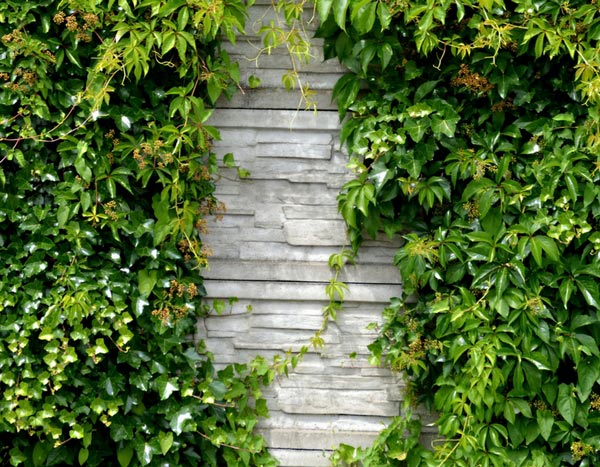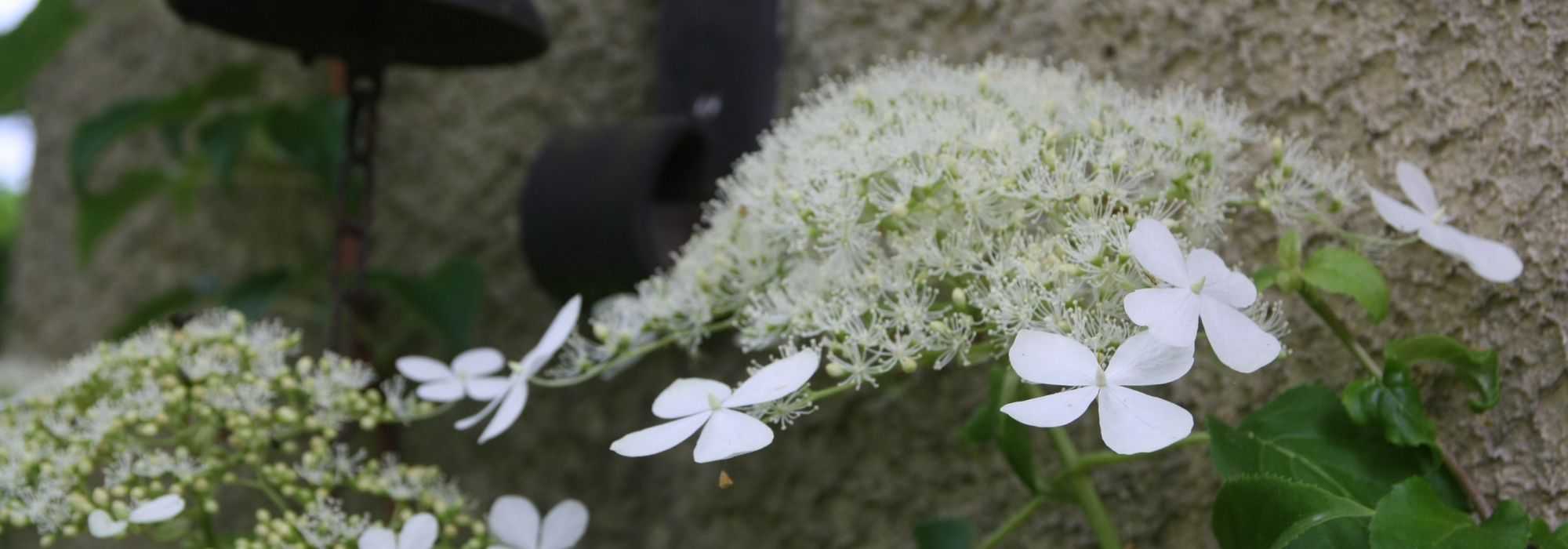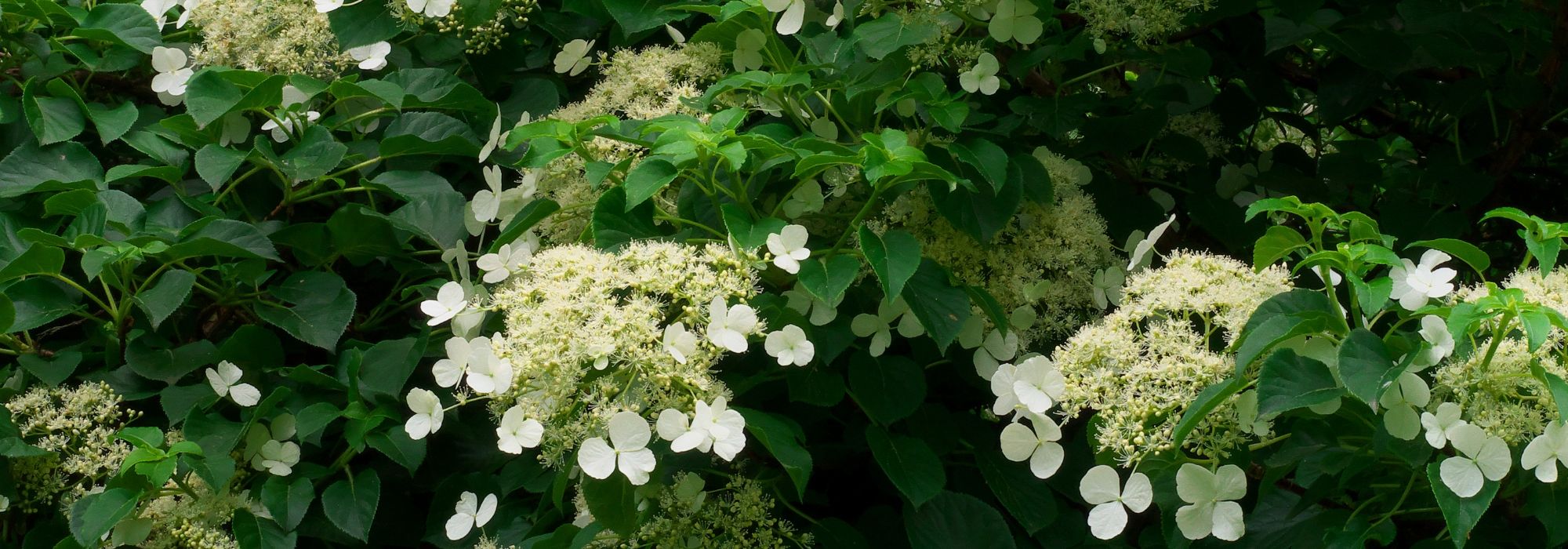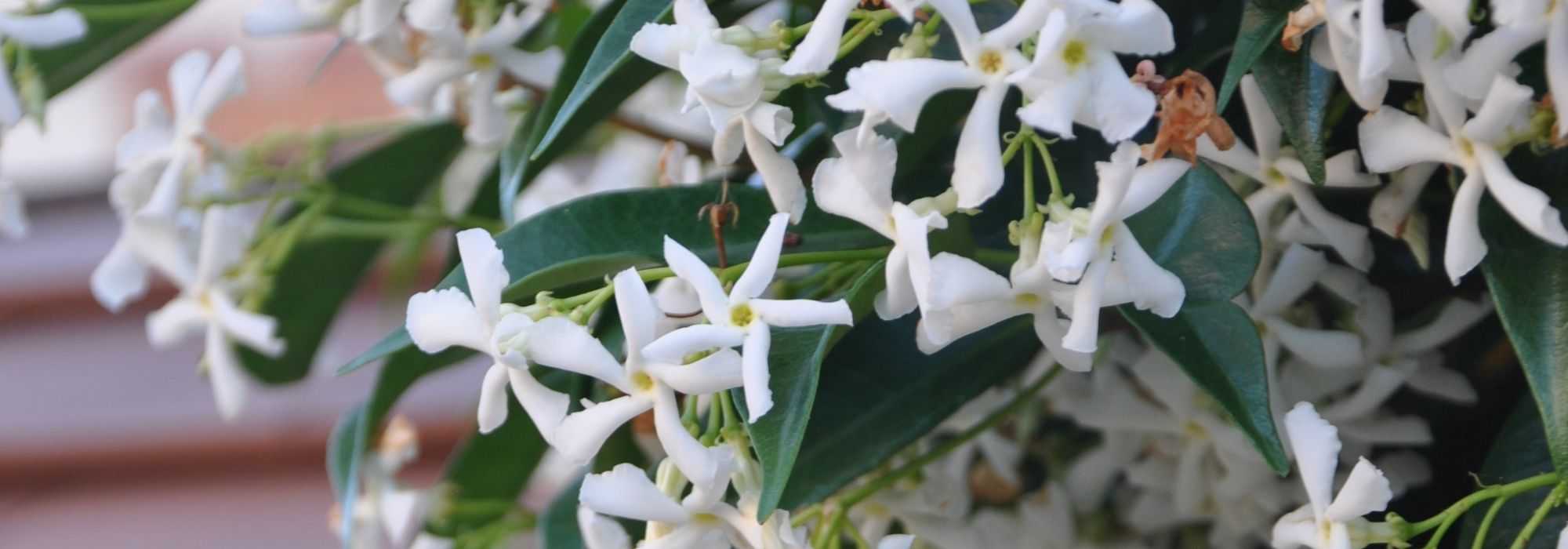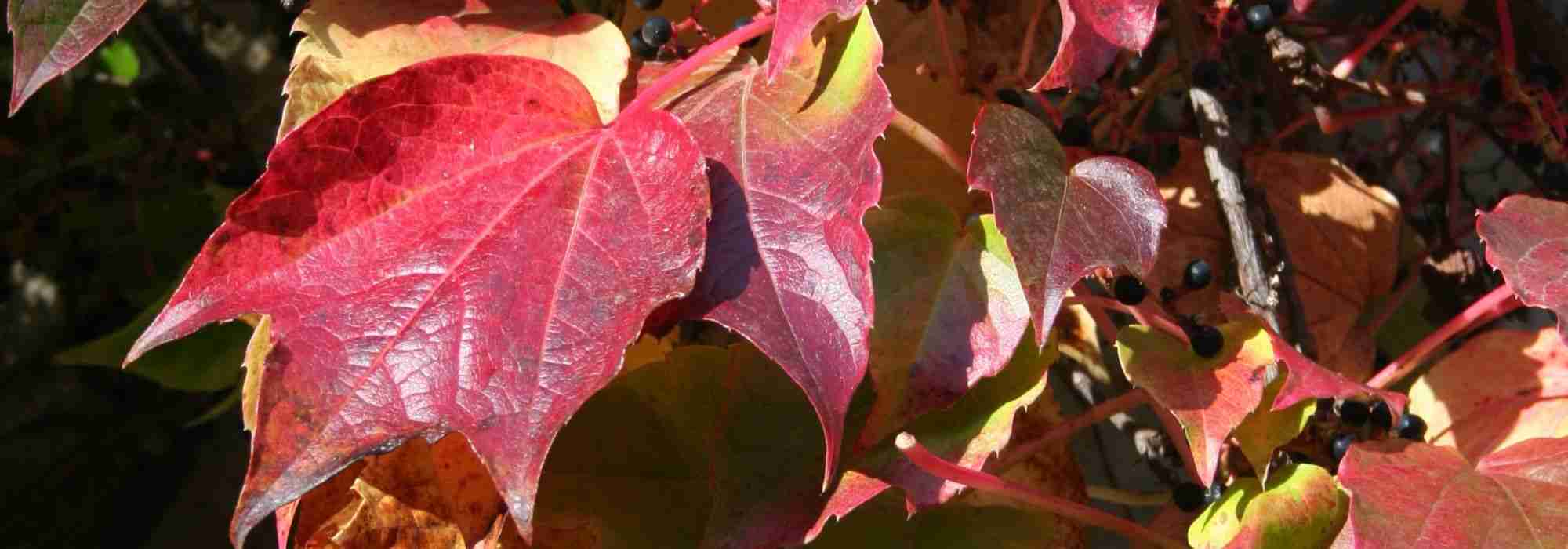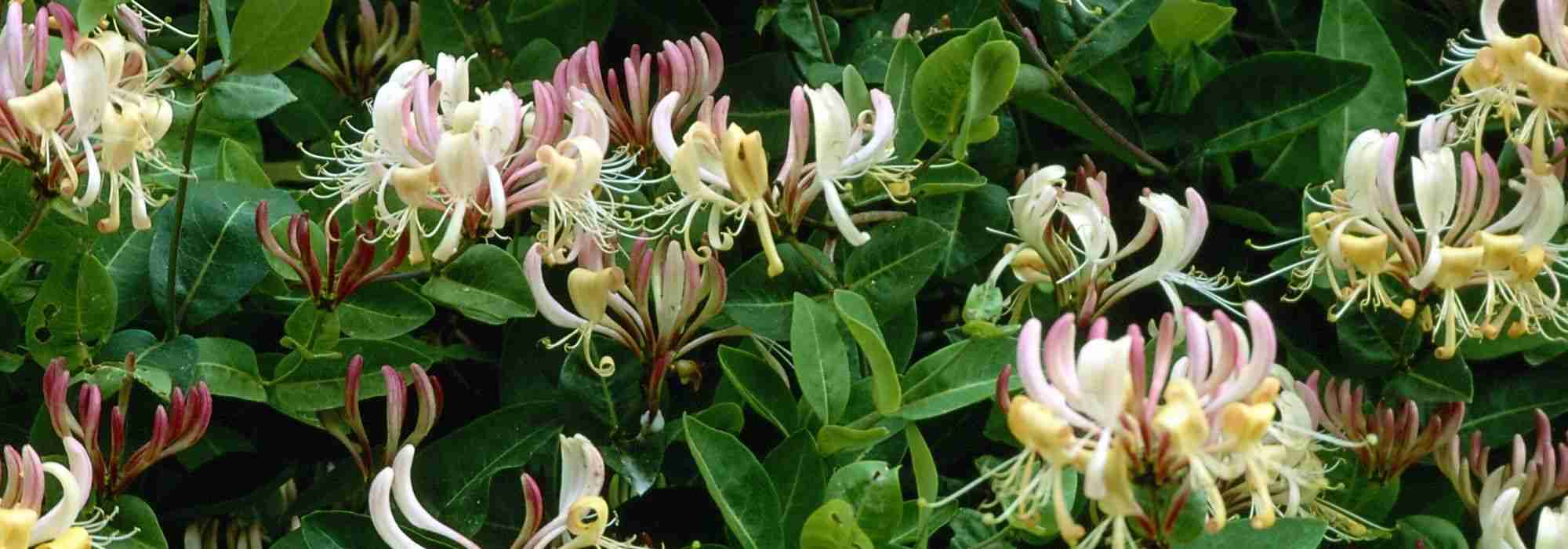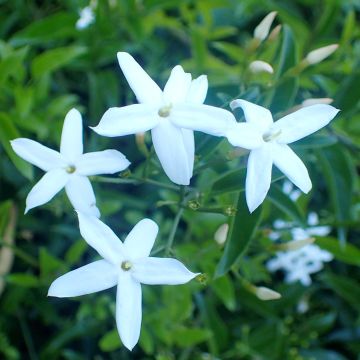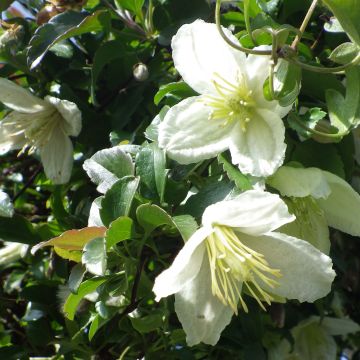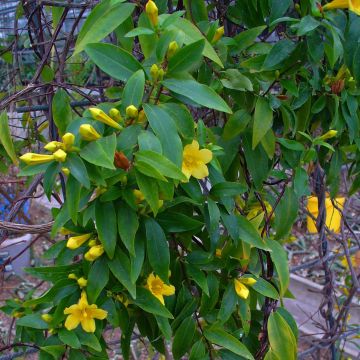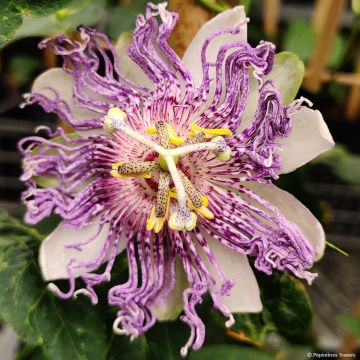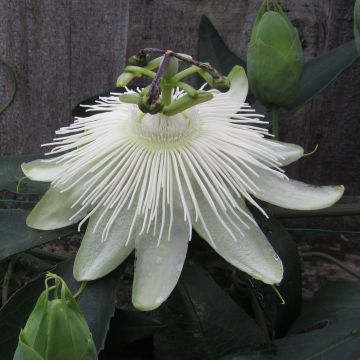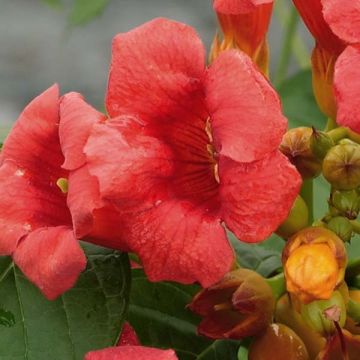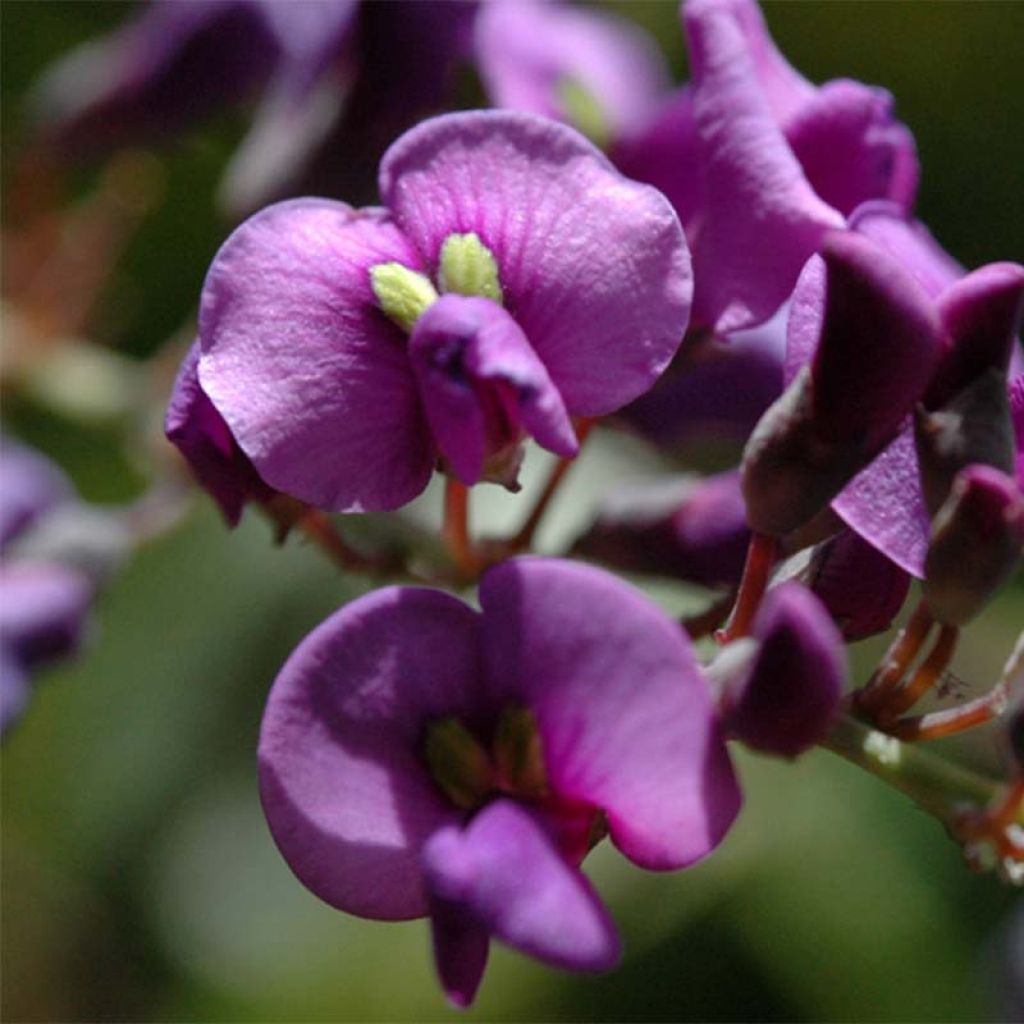

Hardenbergia violacea - Vine Lilac
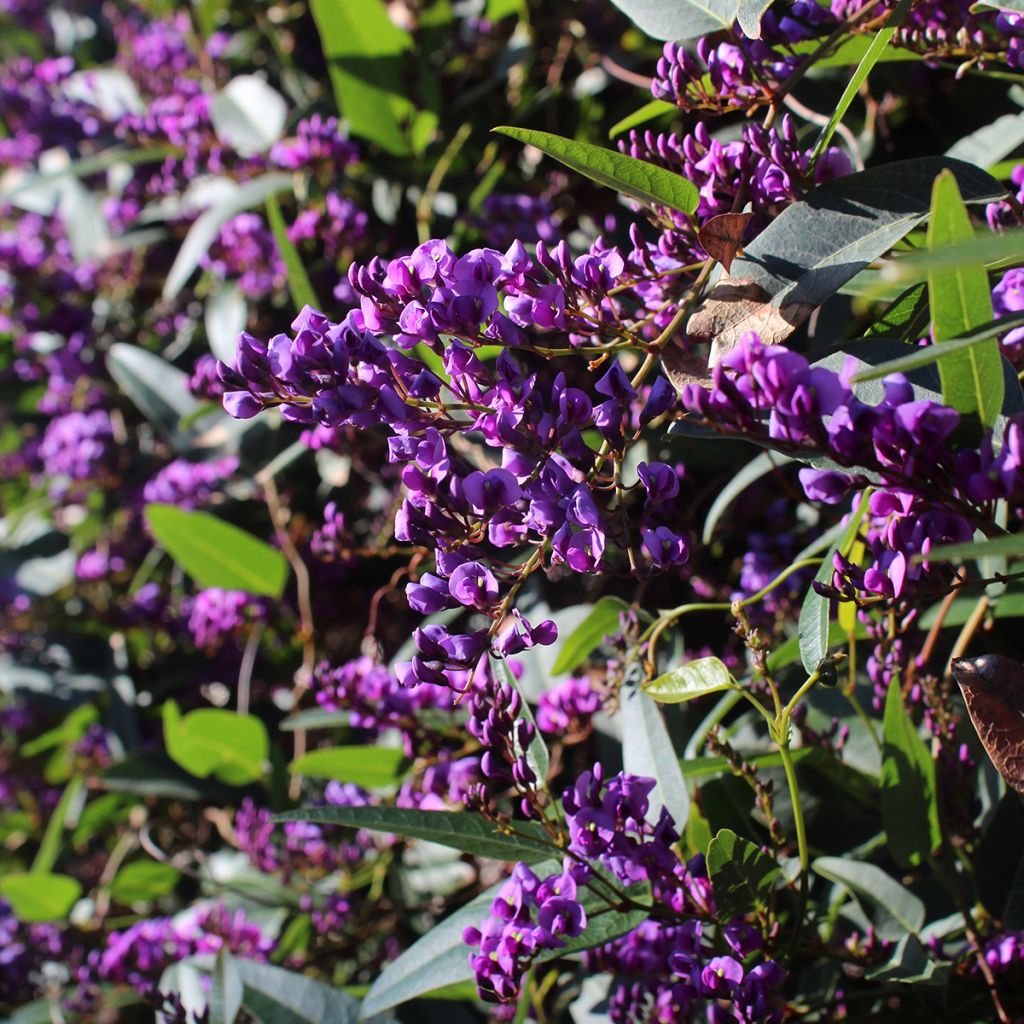

Hardenbergia violacea
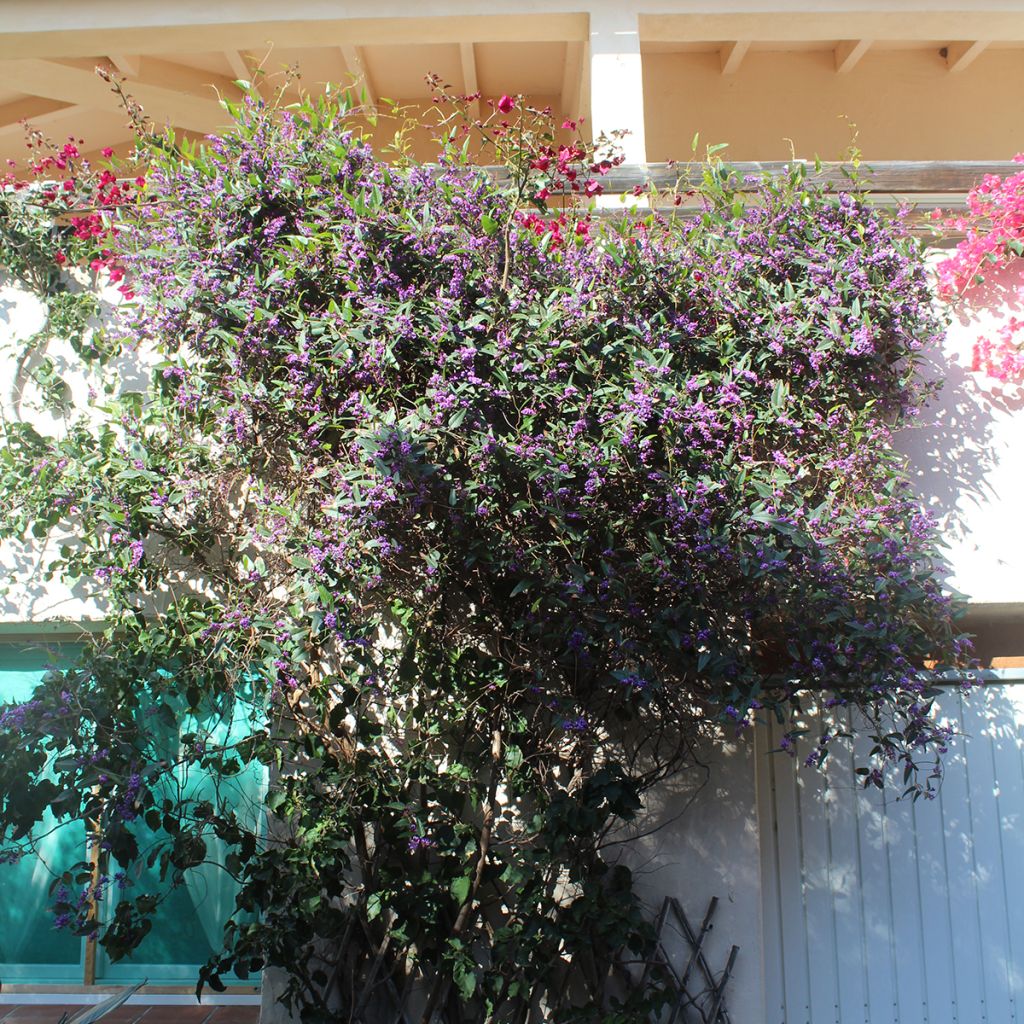

Hardenbergia violacea
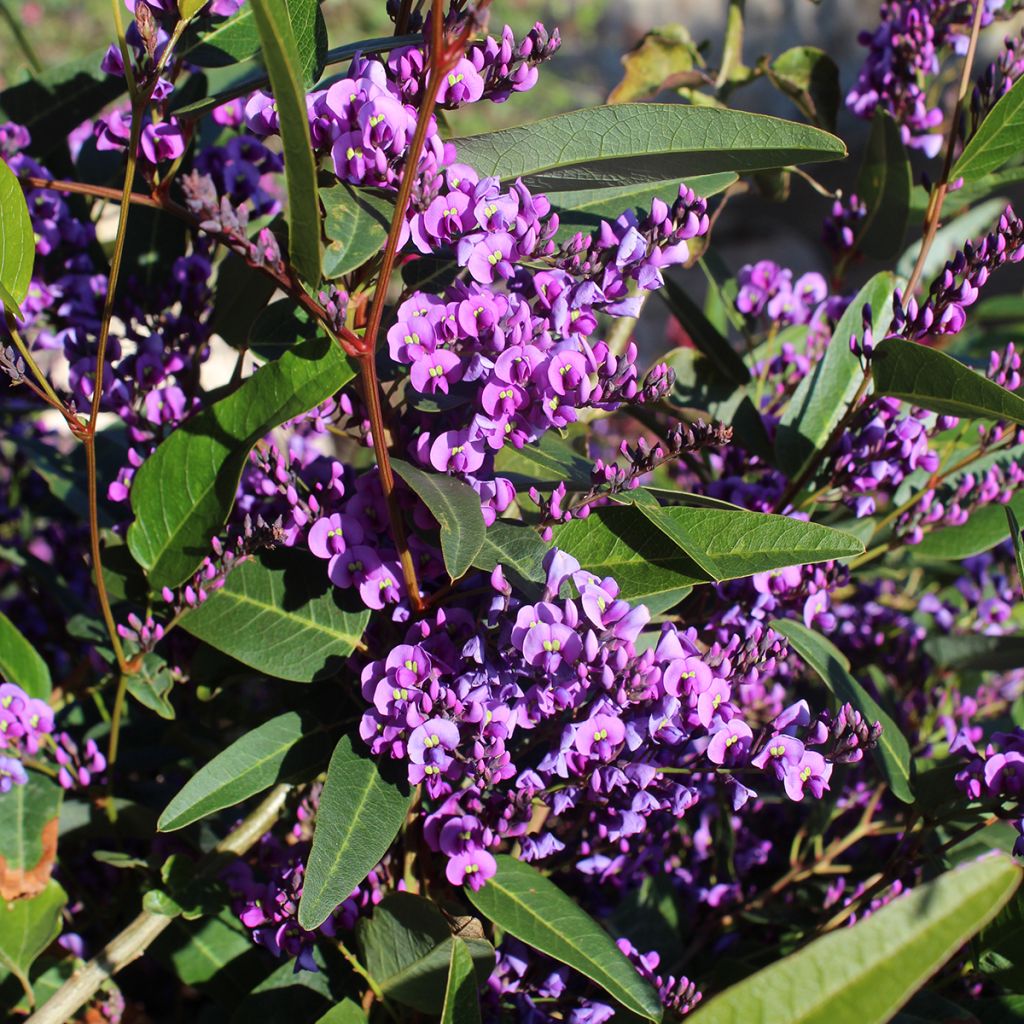

Hardenbergia violacea
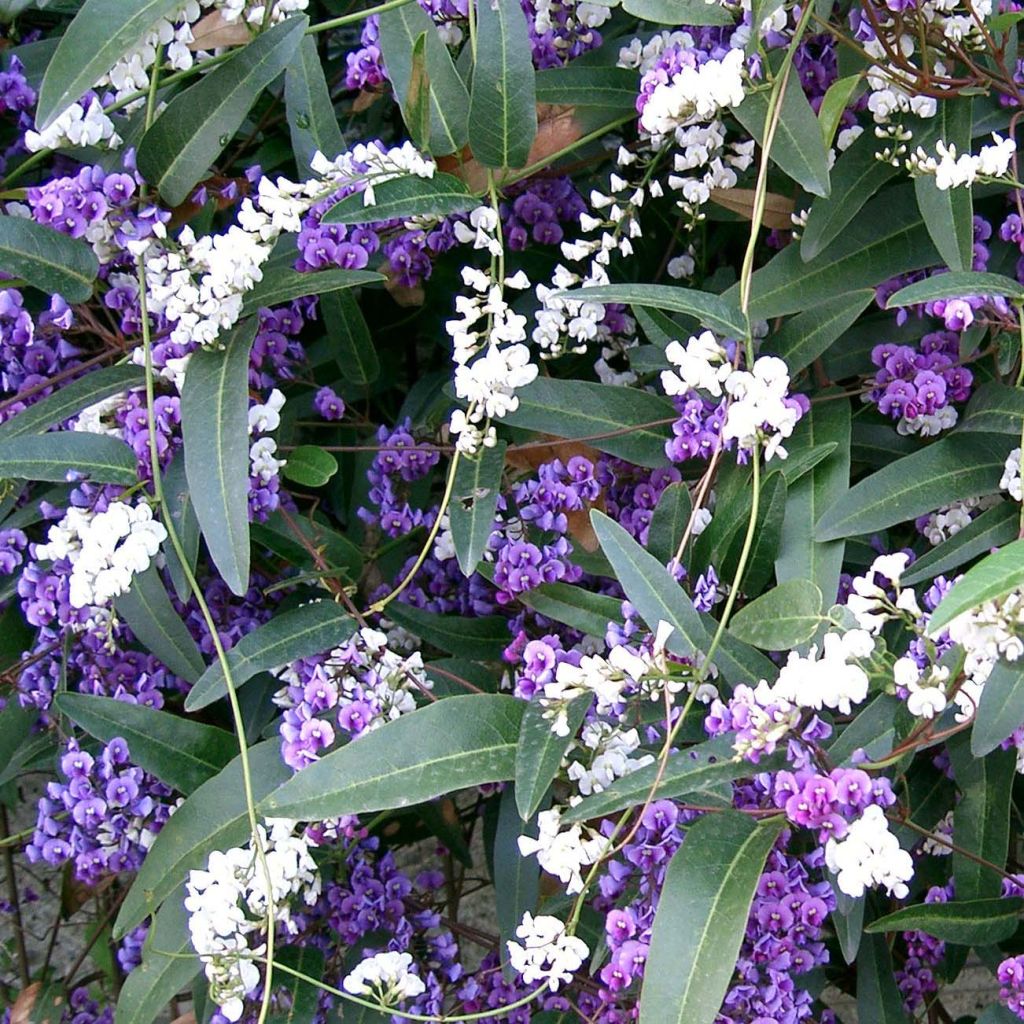

Hardenbergia violacea - Vine Lilac
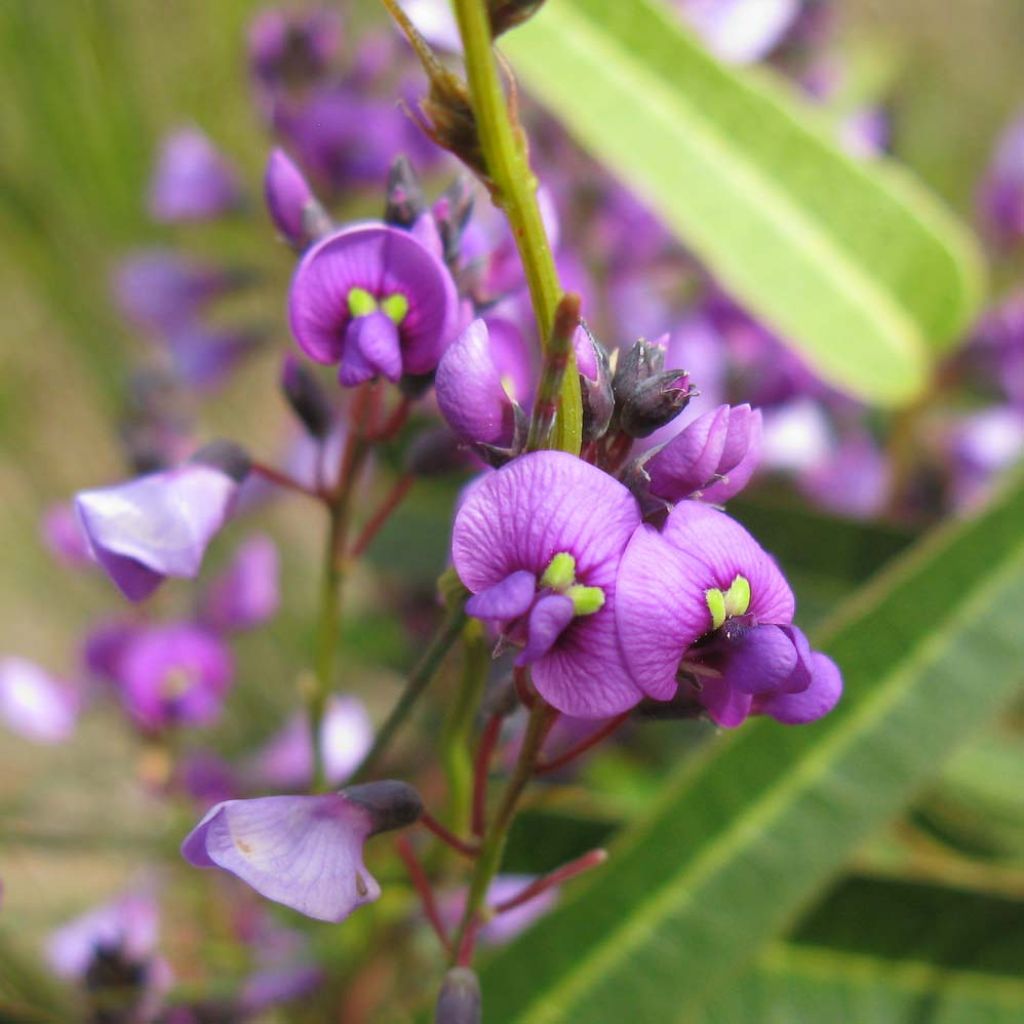

Hardenbergia violacea - Vine Lilac
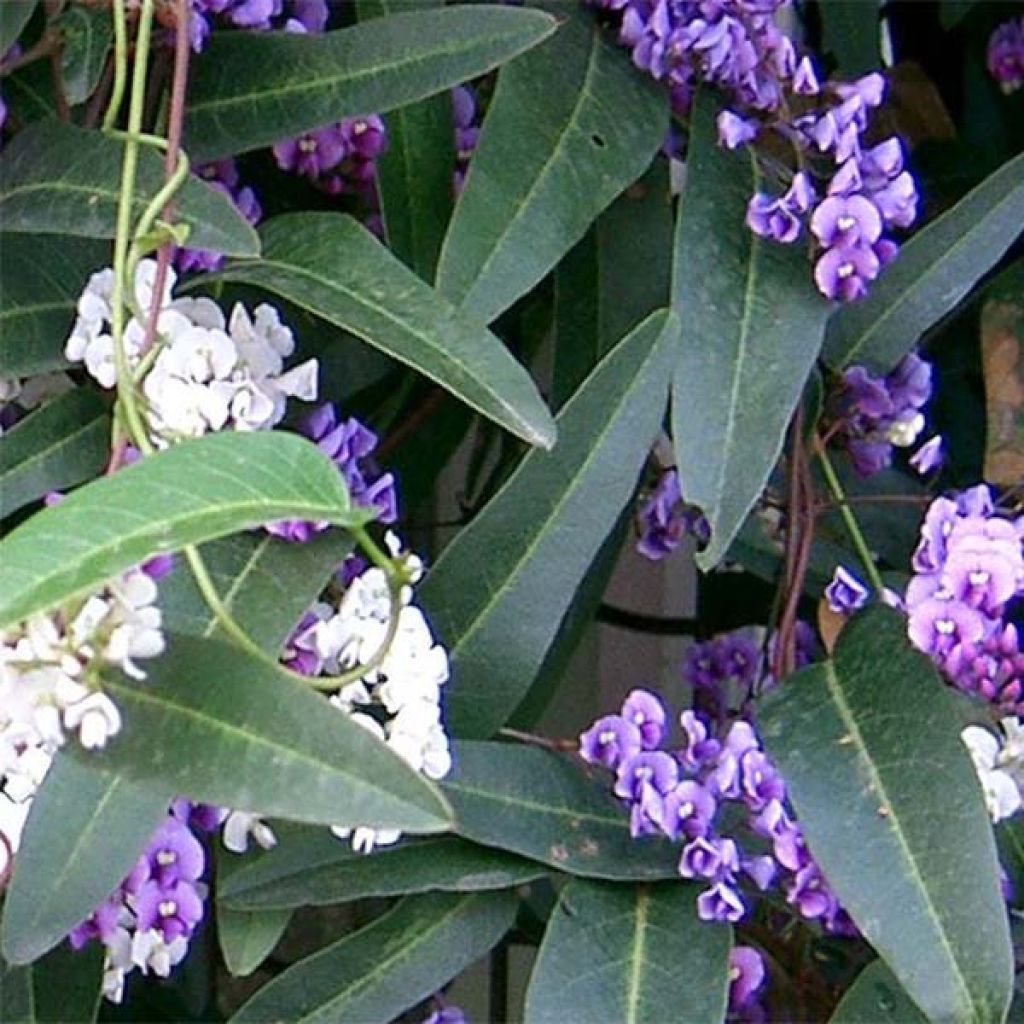

Hardenbergia violacea - Vine Lilac
Hardenbergia violacea - Vine Lilac
Hardenbergia violacea
Vine Lilac, Purple Coral Pea, False Sarsaparilla
Hello, The neck was thrown over the garden fence, it was in a flowerbed and upside down...
Jean Louis L., 11/08/2020
Special offer!
Receive a €20 voucher for any order over €90 (excluding delivery costs, credit notes, and plastic-free options)!
1- Add your favorite plants to your cart.
2- Once you have reached €90, confirm your order (you can even choose the delivery date!).
3- As soon as your order is shipped, you will receive an email containing your voucher code, valid for 3 months (90 days).
Your voucher is unique and can only be used once, for any order with a minimum value of €20, excluding delivery costs.
Can be combined with other current offers, non-divisible and non-refundable.
Home or relay delivery (depending on size and destination)
Schedule delivery date,
and select date in basket
This plant carries a 6 months recovery warranty
More information
We guarantee the quality of our plants for a full growing cycle, and will replace at our expense any plant that fails to recover under normal climatic and planting conditions.


Would this plant suit my garden?
Set up your Plantfit profile →
Description
Hardenbergia violacea, sometimes called purple hardenbergia or Australian sarsaparilla, is an amazing climbing plant that can be trained to grow as a climber, a bush, or even a creeper, due to its growth which is well-branched in all directions. Its long spring flowering, which is somewhat reminiscent of wisteria or sweet peas, is very unique, with tight clusters of mauve-purple flowers. Its brown stems carry long evergreen leaves that are dark green with light green veins. This beautiful, exotic plant is frost-tender and can be grown in a cold greenhouse or conservatory, thriving in sunny locations and mild climates when planted in the ground.
Hardenbergia violacea is a plant from the fabaceae family native to the antipodes, the east and southeast of Australia, found along the coast in the western region of New South Wales, the southeastern part of southern Queensland, and southern Tasmania. It can be found growing in wooded areas or heathlands. The plant, which grows rapidly, can reach 2 to 3 metres (6 feet 7 inches to 9 feet 10 inches) in all directions. From February to June, on slender quadrangular and somewhat brittle stems its brown branches bear short racemes of 20 to 30 tiny flowers (8 mm (0.3 in) in diameter) that open gradually from the top to the bottom of the inflorescence. They are pale violet, tinged with purple, and the wider uppermost petal, has two pale yellow dots at the base. This nectar-rich flowering is followed by the formation of small dark brown flat pods containing 6 to 8 brown seeds that retain their viability for a long time, germinating after the passage of fire in their natural environment. The foliage is composed of ovate-lanceolate leaves measuring 8 to 10 cm (3.1 to 3.9 in) in length and arranged alternately on the stems.
This tender plant should be brought indoors during winter in most climates and requires well-drained, slightly acidic soil that retains moisture. It is a somewhat delicate cultivation, but well worth it. Fans of beautiful frost-tender climbers will also appreciate Incarvillea, Mandevilla suaveolens, Merremia (plants related to morning glories), and Kennedia, close relatives of Hardenbergia, which often have red flowers.
Report an error about the product description
Hardenbergia violacea - Vine Lilac in pictures
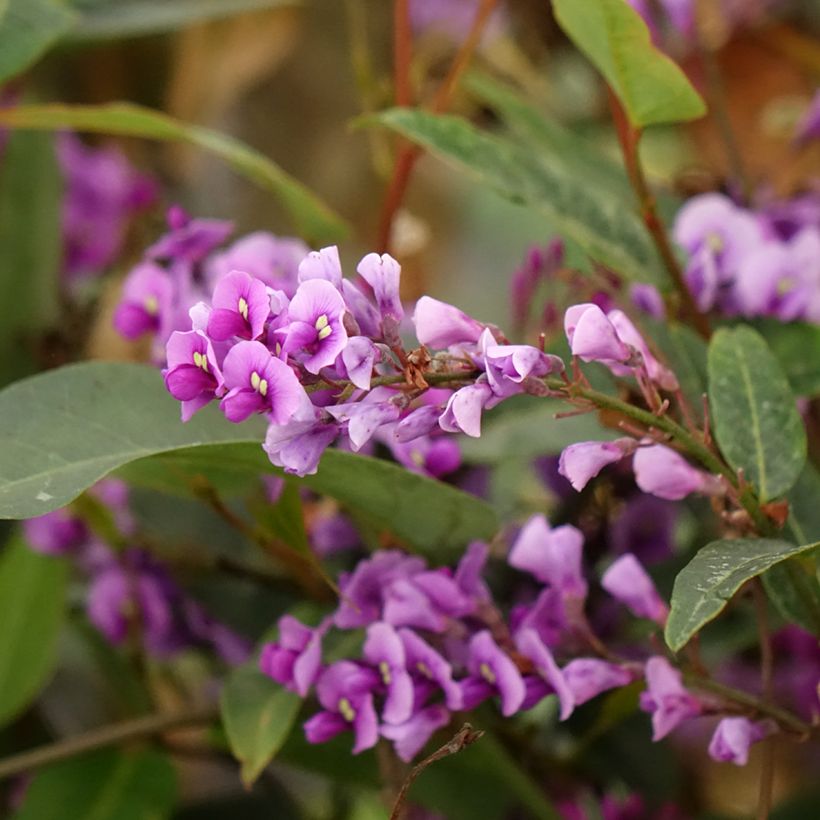

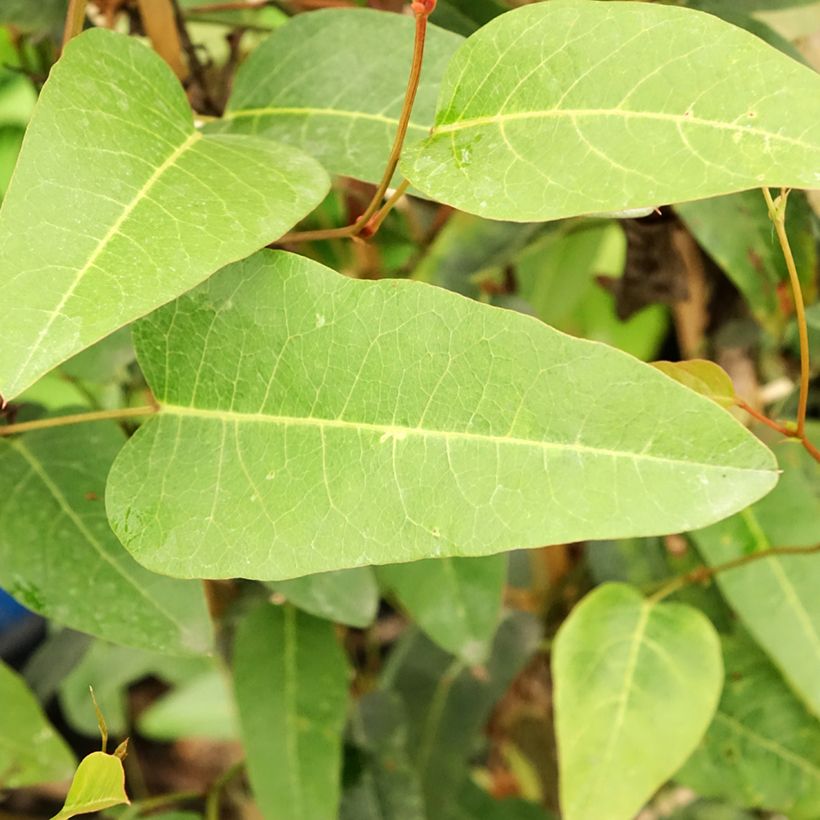

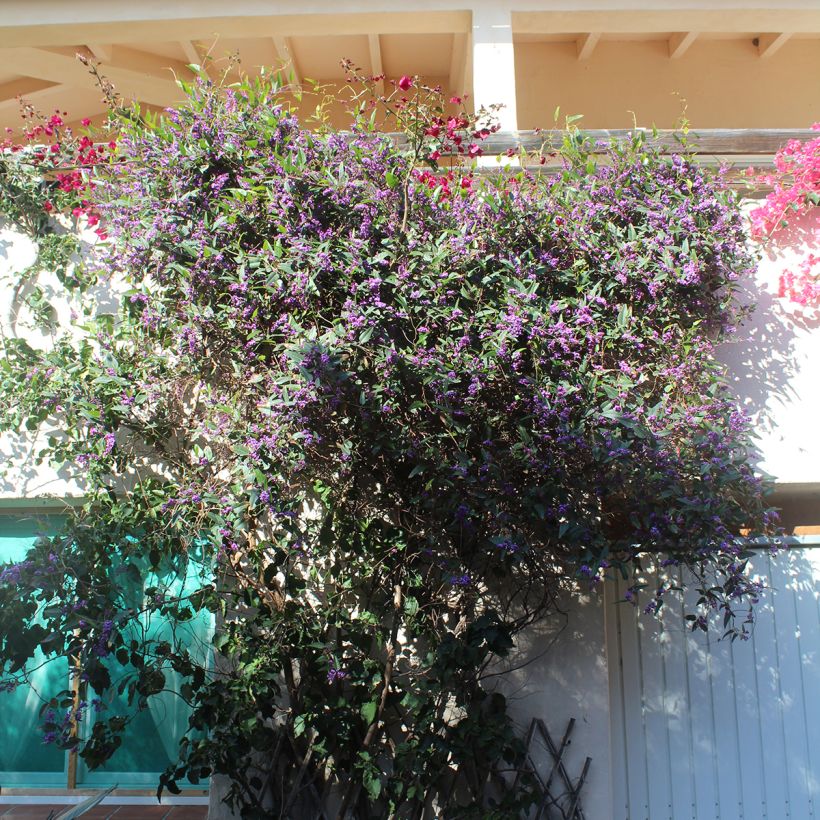

Plant habit
Flowering
Foliage
Botanical data
Hardenbergia
violacea
Fabaceae
Vine Lilac, Purple Coral Pea, False Sarsaparilla
Australia
Planting and care
The Handerbergia is relatively delicate to cultivate: it requires soil with an acidic tendency, well-drained but not too dry: ideally, a mix of garden soil, sand and leaf compost. Alternatively, a mix of ericaceous and garden soil. It can only tolerate short frosts down to -4°C (24.8 °F), so it should be brought indoors during winter. Its flowering is more abundant in full sun, but still acceptable in partial shade in hot and sunny climates.
Planting period
Intended location
Care
Planting & care advice
-
, onOrder confirmed
Reply from on Promesse de fleurs
Similar products
Haven't found what you were looking for?
Hardiness is the lowest winter temperature a plant can endure without suffering serious damage or even dying. However, hardiness is affected by location (a sheltered area, such as a patio), protection (winter cover) and soil type (hardiness is improved by well-drained soil).

Photo Sharing Terms & Conditions
In order to encourage gardeners to interact and share their experiences, Promesse de fleurs offers various media enabling content to be uploaded onto its Site - in particular via the ‘Photo sharing’ module.
The User agrees to refrain from:
- Posting any content that is illegal, prejudicial, insulting, racist, inciteful to hatred, revisionist, contrary to public decency, that infringes on privacy or on the privacy rights of third parties, in particular the publicity rights of persons and goods, intellectual property rights, or the right to privacy.
- Submitting content on behalf of a third party;
- Impersonate the identity of a third party and/or publish any personal information about a third party;
In general, the User undertakes to refrain from any unethical behaviour.
All Content (in particular text, comments, files, images, photos, videos, creative works, etc.), which may be subject to property or intellectual property rights, image or other private rights, shall remain the property of the User, subject to the limited rights granted by the terms of the licence granted by Promesse de fleurs as stated below. Users are at liberty to publish or not to publish such Content on the Site, notably via the ‘Photo Sharing’ facility, and accept that this Content shall be made public and freely accessible, notably on the Internet.
Users further acknowledge, undertake to have ,and guarantee that they hold all necessary rights and permissions to publish such material on the Site, in particular with regard to the legislation in force pertaining to any privacy, property, intellectual property, image, or contractual rights, or rights of any other nature. By publishing such Content on the Site, Users acknowledge accepting full liability as publishers of the Content within the meaning of the law, and grant Promesse de fleurs, free of charge, an inclusive, worldwide licence for the said Content for the entire duration of its publication, including all reproduction, representation, up/downloading, displaying, performing, transmission, and storage rights.
Users also grant permission for their name to be linked to the Content and accept that this link may not always be made available.
By engaging in posting material, Users consent to their Content becoming automatically accessible on the Internet, in particular on other sites and/or blogs and/or web pages of the Promesse de fleurs site, including in particular social pages and the Promesse de fleurs catalogue.
Users may secure the removal of entrusted content free of charge by issuing a simple request via our contact form.
The flowering period indicated on our website applies to countries and regions located in USDA zone 8 (France, the United Kingdom, Ireland, the Netherlands, etc.)
It will vary according to where you live:
- In zones 9 to 10 (Italy, Spain, Greece, etc.), flowering will occur about 2 to 4 weeks earlier.
- In zones 6 to 7 (Germany, Poland, Slovenia, and lower mountainous regions), flowering will be delayed by 2 to 3 weeks.
- In zone 5 (Central Europe, Scandinavia), blooming will be delayed by 3 to 5 weeks.
In temperate climates, pruning of spring-flowering shrubs (forsythia, spireas, etc.) should be done just after flowering.
Pruning of summer-flowering shrubs (Indian Lilac, Perovskia, etc.) can be done in winter or spring.
In cold regions as well as with frost-sensitive plants, avoid pruning too early when severe frosts may still occur.
The planting period indicated on our website applies to countries and regions located in USDA zone 8 (France, United Kingdom, Ireland, Netherlands).
It will vary according to where you live:
- In Mediterranean zones (Marseille, Madrid, Milan, etc.), autumn and winter are the best planting periods.
- In continental zones (Strasbourg, Munich, Vienna, etc.), delay planting by 2 to 3 weeks in spring and bring it forward by 2 to 4 weeks in autumn.
- In mountainous regions (the Alps, Pyrenees, Carpathians, etc.), it is best to plant in late spring (May-June) or late summer (August-September).
The harvesting period indicated on our website applies to countries and regions in USDA zone 8 (France, England, Ireland, the Netherlands).
In colder areas (Scandinavia, Poland, Austria...) fruit and vegetable harvests are likely to be delayed by 3-4 weeks.
In warmer areas (Italy, Spain, Greece, etc.), harvesting will probably take place earlier, depending on weather conditions.
The sowing periods indicated on our website apply to countries and regions within USDA Zone 8 (France, UK, Ireland, Netherlands).
In colder areas (Scandinavia, Poland, Austria...), delay any outdoor sowing by 3-4 weeks, or sow under glass.
In warmer climes (Italy, Spain, Greece, etc.), bring outdoor sowing forward by a few weeks.

































